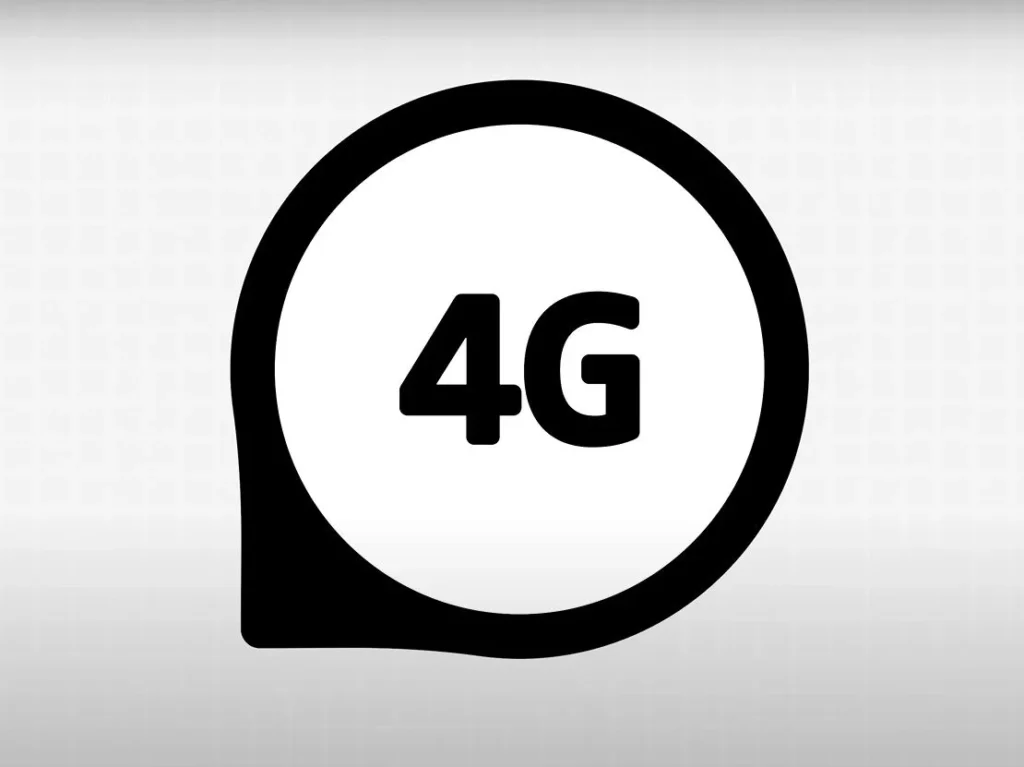LTE and 4G are terms that are used interchangeably in advertisements and in mobile phone speed displays. So what precisely is 4G? Is there a distinction between LTE and 4G, and what is LTE?
4G: What is it?

The term “generation” (represented by the “G” in 4G) refers to the fourth generation of globally applicable mobile communications standards. The connection speed is arguably the most significant characteristic of each generation as seen from the user’s perspective. This is up to 1,000 megabits per second with 4G.
This maximum value, however, is only applicable in theory. Ultimately, a sizable user base must share the available bandwidth. The actual 4G maximum speed is contingent upon the specific network, time, and current location of the user.
You can already consider yourself fortunate if your device manages to reach 50 megabits per second. Particularly in rural areas, users must settle for much slower speeds. In Europa, the growth of mobile networks prioritizes densely populated areas over smaller cities and conurbations.
Wi-Fi 7 – Wireless Communication Technology of the Future
LTE: What is it?

Despite the fact that 4G and LTE are nearly always used interchangeably, they have different meanings. The acronym for “Long Term Evolution” (LTE) is also a mobile communications standard. Three hundred megabits per second is the maximum theoretical speed for LTE.
LTE is classified as 3.9G rather than 4G by the International Telecommunication Union because it requires a data throughput of at least one gigabit. However, for data-intensive Internet applications like streaming videos, a functional LTE connection is already more than adequate.
Similar to 4G, the real speed of LTE depends more on the network, time, and location than it does on the standard. Therefore, 4G has a theoretical advantage over LTE of 1 to 0. In actuality, the transmission rate is determined by variables other than the standard.
LTE Advanced: What is it?
Certain transmission masts in larger cities have been outfitted with LTE Advanced (the successor to LTE) equipment since 2014. A theoretical maximum download speed of one gigabit and a theoretical maximum upload speed of 500 megabits per second are made possible by LTE Advanced.
Usage of data
An additional point of comparison between these two networks is data consumption or usage. This time, though, it works in favor of LTE because most users are complaining that 4G uses more data than it does. Is this accurate, though? In actuality, neither network uses significantly more or less data than the other.
Every online activity you engage in, including watching movies, reading books, playing games, making phone calls, downloading apps, and conducting research, leaves a fixed digital trail. Whether you are using 3G, LTE, or 4G, a page will load and use 4 megabytes of data. Nonetheless, speed is the reason for the disparity.
Nevertheless, 4G users typically use more data concurrently than LTE users due to 4G’s speed advantage over LTE. This is a result of their greater function access compared to LTE users. They could have downloaded a 1GB file in the background and browsed through multiple websites in an hour. Since this will take longer over LTE, at the end of the month or billing cycle, it will appear as though they used less data.
5G: What is it?
The fifth generation of mobile communications standards, or 5G, began issuing licenses in 2020. With it comes a noticeable, if not impressive, increase in speed thanks to 5G. Ten times faster than 4G is the maximum mobile transmission speed of 10 gigabits per second. Some estimates even mention speeds of up to 30 gigabits per second. The “Internet of Things” is the driver on the way to this blazingly fast Internet, not you as a smartphone or tablet user. It is already a given that more and more devices will eventually network together in every aspect of life.